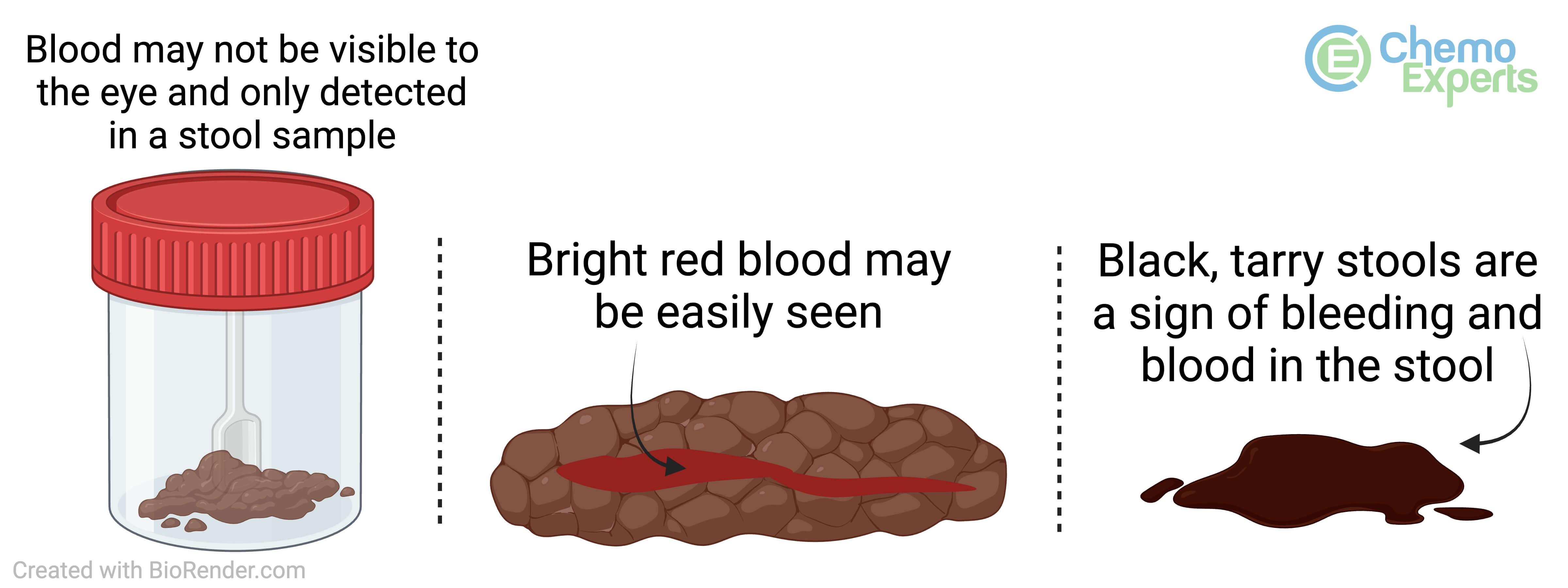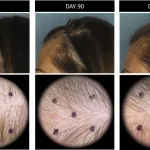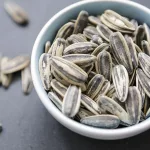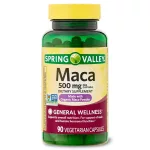Spotting the Weird Stuff
Ever been totally thrown off by what you see in the toilet? Like, one day you’re perfectly regular, then… bam. Your poop looks weird, feels weird, smells weird. If you’re living with diverticulitis (or you think you might be), let me tell you—your bathroom can become a place of daily detective work. Welcome to the club, right?
First off, if no one’s said it to you, here it is: you are definitely not alone. Diverticulitis can sneak up on anyone, especially as we get older, and its most obvious signs often start with poop changes. Not the most glamorous topic for brunch, I know… but sometimes, the biggest health clues are hiding in plain sight (yep, even in the toilet).
Why Does Poop Change?
Okay, so what’s really happening when your poop changes with diverticulitis? It’s simple—sort of. You’ve got these little pouches in your colon walls, called diverticula. Most of the time, they just hang out, not causing problems. But, sometimes, they get infected or inflamed. That’s diverticulitis—and that’s when things get, well…messy. Literally and figuratively.
Think of your colon like a busy, two-lane highway. If there’s an accident (hi, inflamed diverticula), traffic slows down—or gets totally blocked. Poop’s the traffic in this analogy. Instead of smooth sailing, you get weird detours: stops and starts, sudden speed-ups, sometimes roadblocks. That means constipation one week, then suddenly, diarrhea. Or both, back and forth, like your gut is flipping a coin just to keep you guessing.
And if you’re still curious about how this all plays into the classic “attack” (that sharp, sudden lower-belly pain that makes you want to curl up and never come out), check out What does a diverticulitis attack feel like—it connects those poop surprises to the bigger picture.

Color That Stops You Cold
Ever noticed unexpected color changes in your poop? Red, black, even maroon? I remember the first time I saw a bright red streak—seriously thought I was dying. Turns out, blood in the stool is actually very common with diverticulitis, especially if an inflamed pouch gets irritated or even just scratched by a hard stool. Kinda terrifying, but knowledge helps, right?
Bright Red, Maroon, or Black?
A quick breakdown for you:
- Bright red streaks or drops: Usually sign of bleeding low in the colon, right where those pouches are. It pops up quickly and doesn’t get digested much. Always a reason to pay attention.
- Maroon or burgundy poop: Blood has hung around a little longer in your gut, so it turns a deeper shade. Not as immediately alarming as red, but still a red flag for a gut problem.
- Black, tarry stools: Now, this could be digested blood from higher up in the digestive tract. Rare for just diverticulitis, but important enough that you shouldn’t brush it off. If this shows up, call your doctor—don’t be a hero.

Lots of people will Google, panic, and assume the worst. But it’s not always a massive emergency. Sometimes, it’s just the start of a flare. Sometimes it means you need to make different choices—like reviewing the drugs to avoid with diverticulitis, because some medications can actually make bleeding more likely.
Quick Anecdote
One of my neighbors—let’s call him Mark—ignored his stool turning almost maroon for a week. He figured it was something he ate (beet salad, anyone?). Turns out, it was diverticulitis, and it could have gotten ugly if he’d waited much longer. Moral? Don’t self-diagnose. Get things checked out.
Shapes That Tell a Story
Here’s the part you might not expect: The shape and size of your poop holds real clues! Seriously, you’re about to have more opinions about poop than you thought possible.
Normally, poop is sausage-shaped and smooth. (Picture the emoji, but…less yellow?) Well, with diverticulitis, the picture can change—sometimes a lot.
Pellets, Pencils, and Everything In-Between
There are a couple of classic “diverticulitis shapes”:
- Hard little pellets (“rabbit poop”): Caused by constipation, which happens when your colon is inflamed.
- Super-thin, pencil-like poops: This happens when swelling inside your colon narrows the passage, forcing your stool to get skinny. (Imagine squeezing Play-Doh through a tiny hole—ta-da! Pencil poop.)
- Inconsistent shapes: Sometimes your colon’s muscles spasm, or poop gets stuck behind a swelling. Your next stool may be thick, thin, round, flat—like your gut just can’t make up its mind.
| Aspect | Normal Poop | Diverticulitis Poop |
|---|---|---|
| Color | Medium to dark brown | Bright red, maroon, or black |
| Shape | Sausage-like, smooth | Pellets, pencils, or irregular |
| Texture | Soft but formed | Hard/pellet, watery, or mucus-covered |
| Smell | Normal “poop” smell | Foul, chemical, or rotten |
Pause for a Personal Story
I once joked with my doctor that I needed a decoder ring for my colon. Some weeks, it was “rabbit pellets,” the next, “crazy-long spaghetti.” We laughed, but it made me realize: My poop was telling me more than I cared to admit. Turns out, logging those changes (embarrassing as it felt) helped catch a flare before it landed me in the ER.
Textures You Can’t Ignore
Texture gets weird with diverticulitis. Sometimes, your poop is as hard as pebbles. Other days, it’s fluffy, mushy, or even fully liquid—hello, diarrhea. It honestly depends on where you are in your “flare” cycle.
When Things Get Slimy
You might see:
- Mucus: Looks like slime, jelly, or even snot. I know. Gross. But it’s a sign your colon is fighting back—trying to soothe all that irritation.
- Greasy or shiny stools: A sign there’s lots of mucus, or your gut isn’t absorbing things right.
- Smells that surprise you: Foul is an understatement. Infection, bleeding, or trapped bad bacteria = next-level stink.
Honestly, you know your own body. If things smell worse than usual…trust your nose. It’s often the first warning.
How Often Do You Go Now?
This one is a rollercoaster. You might go less for a few days, then suddenly need to sprint to the toilet multiple times in the morning. Or maybe you’re constipated forever, then out of nowhere, it’s diarrhea city.
This is super common. The pattern: constipation, then diarrhea—or, rarely, just one or the other that lasts. Especially if you get that “multiple trips in the morning” phenomenon: first hard, then loose, then finally things settle.
Have you ever noticed your body doing this flip-flop? Honestly, it can feel like your colon has a mind of its own…
When to Worry, When to Act
Here’s the truth: not every weird poop is a true emergency. Sometimes it’s a one-off. But with diverticulitis—or if you think you might have it—there are a few times you just can’t wait. Don’t let embarrassment cost you precious time.
- Bright red blood in poop, or lots more blood than you think is “normal” for you
- Black, tarry stool (think shiny road tar—sorry for the imagery)
- High fever (over 100.4°F), chills, or feeling faint
- Severe, unrelenting belly or back pain
- Can’t stop throwing up
If any of those hit home—especially together—get help fast. Seriously. Diverticulitis can go from “weird poop” to needing hospital care very quickly. I know someone who waited out of pure embarrassment (we’ve all been there), and it turned out to be a full-blown infection that needed IV antibiotics. Don’t be a tough guy—be a smart one.
(BTW, if those belly pains are confusing, this explainer might help: what does a diverticulitis attack feel like. Sometimes, knowing what’s “normal” for an attack makes it less scary.)

What Makes It Better…Or Worse?
You probably guessed: what you eat, drink, and even how you move affects your colon’s mood.
Food and Drugs: The Frenemies
Some quick pointers:
- During a flare: Doctors often say “go low-fiber” for a bit—clear liquids, easy stuff like broth or applesauce. But after things calm down, adding fiber back in is key to keeping poops smoother and easier to pass. (No more rabbit pellets!)
- Avoiding troublemakers: Greasy foods, caffeine, alcohol, sometimes even seeds or nuts—they can trigger your gut during sensitive days. Track what bothers you!
- Check your medicine cabinet: Some over-the-counter meds actually make things worse. Learn more at drugs to avoid with diverticulitis, so you’re not sabotaging your own colon.
- Move around… gently: Gentle walks keep things moving, but don’t overdo it during flares.
I had a friend who thought he was “doing everything right,” but his anti-inflammatory painkillers for his bad knee were making his gut worse. A quick scan of the drugs to avoid with diverticulitis list made all the difference. (He’s switched to heat packs and yoga for his knee—and his gut is much, much happier.)
One Gut, Many Stories—What’s Yours?
Okay, real talk: If you’ve ever stared at weird poop in the bowl and felt like you were alone in the world…trust me, you’re not. So many people (especially over age 40, but honestly, younger folks too) are in the same boat. And, yes, most people would never admit it aloud—but maybe we should. Knowing what does poop look like with diverticulitis helps take the mystery (and embarrassment) out of the process.
Looking Back, Moving Forward
Let’s leave the “shy and silent” approach in the past. Watching for red (or black) streaks, thin/pellet shapes, or that new foul smell is actually one of the best ways you can advocate for yourself. Alternating diarrhea and constipation? Sneaky sign. Feeling wiped out, nauseous, or feverish along with it? All indicators to check in—with your gut and a provider you trust (Yorktown Health Vernon Hills, for instance, knows exactly what you’re going through).
If you’ve made it this far—nice work. Take a second to think: What has your colon been telling you lately? What do you want it to say a month from now?
Wrapping It Up: Listen, Laugh, Learn
Honestly, dealing with what does poop look like with diverticulitis isn’t the joyride anyone dreams of. But you can absolutely get ahead of it. Watch for those sudden color shifts (red, maroon, black), weird shapes (pellets, pencils), and textures that just don’t sit right. Tune in to your own patterns—are you flipping between diarrhea and constipation, or feeling off for days at a time? If so, it’s not just life being random. It’s your gut’s way of calling for backup.
Make changes gently, document your story, don’t be afraid to ask for help or compare battle stories (we’ve all got them). Hydrate, try new foods, check the drugs to avoid with diverticulitis before popping another painkiller, and trust your instincts. Most of all: Don’t ignore the signs. Take care of your gut and, yeah…give it a little appreciation. After all, it’s been through a lot—and so have you. Here’s to better days and, dare I say it, more “regular” ones ahead! What’s your story?


















Leave a Reply
You must be logged in to post a comment.